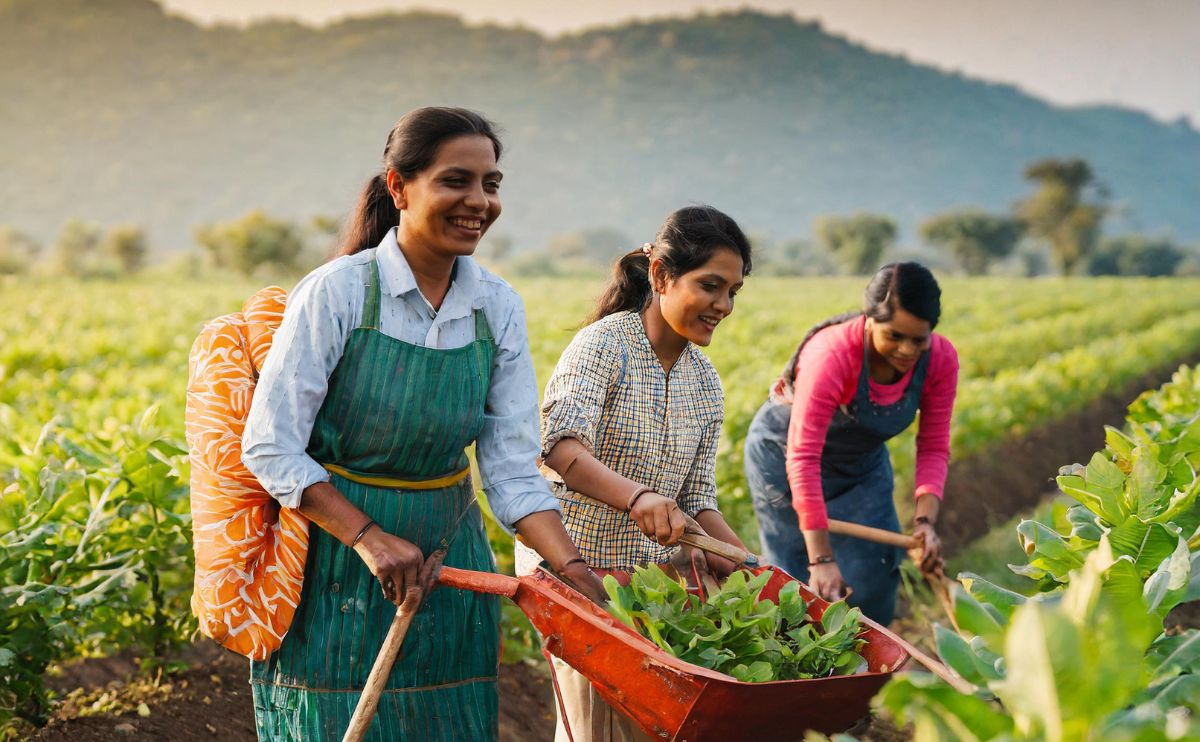Empowering Women in Agriculture: Breaking Barriers, Cultivating Change

Empowering women in agriculture isn’t just about equality; it’s about unlocking the full potential of our food systems. Women play a vital role in farming communities worldwide, yet they often face barriers that limit their participation and impact. Let’s explore the challenges women in agriculture face and the transformative power of empowering them to lead.
The Role of Women in Agriculture: Nurturing the Seeds of Change
Recognizing Women’s Contributions
Women have been the backbone of agricultural production for centuries, contributing to every aspect of farming, from planting and harvesting to processing and marketing. Despite their indispensable role, women often face unequal access to resources, land rights, and decision-making power.
Breaking Stereotypes: Shattering Glass Ceilings
In many parts of the world, women are still viewed as secondary participants in agriculture, with their contributions undervalued and overlooked. Breaking down gender stereotypes and challenging traditional roles is essential to creating a more inclusive and equitable agricultural sector.
Challenges Faced by Women in Agriculture
Access to Resources: Bridging the Divide
Limited access to land, credit, inputs, and technology often restricts women’s ability to fully engage in agricultural activities. Addressing these barriers and providing women with equal access to resources is crucial for unlocking their potential and enhancing agricultural productivity.
Unpaid Labor: Recognizing Invisible Contributions
Women’s contributions to agriculture are often unpaid and unrecognized, despite the significant time and effort they invest in farming and household chores. Valuing and compensating women’s labor is essential for achieving gender equality and promoting economic empowerment.
Gender-Based Violence: Breaking the Cycle
Gender-based violence, including domestic abuse and harassment, remains a pervasive issue in rural communities, undermining women’s safety, well-being, and ability to participate in agricultural activities. Creating safe spaces and providing support services are essential steps in addressing this systemic issue.
Empowering Women: Seeds of Change
Education and Training: Cultivating Knowledge
Providing women with access to education and training programs empowers them with the knowledge and skills needed to succeed in agriculture. From agronomic practices to financial management, education opens doors to new opportunities and enhances women’s decision-making abilities.
Access to Resources: Leveling the Playing Field
Ensuring women have equal access to land, credit, inputs, and technology is essential for leveling the playing field in agriculture. Land rights reforms, microfinance initiatives, and gender-sensitive agricultural policies can help address disparities and empower women to thrive.
Leadership and Representation: Amplifying Voices
Promoting women’s leadership and representation in agricultural organizations and decision-making bodies amplifies their voices and perspectives. By actively involving women in planning, policy-making, and advocacy, we can create more inclusive and responsive food systems.
Conclusion: Cultivating Equality, Harvesting Hope
In conclusion, empowering women in agriculture isn’t just a matter of justice; it’s a matter of sustainability, resilience, and prosperity. By breaking down barriers, challenging stereotypes, and investing in women’s empowerment, we can cultivate a future where all farmers, regardless of gender, have the opportunity to thrive.